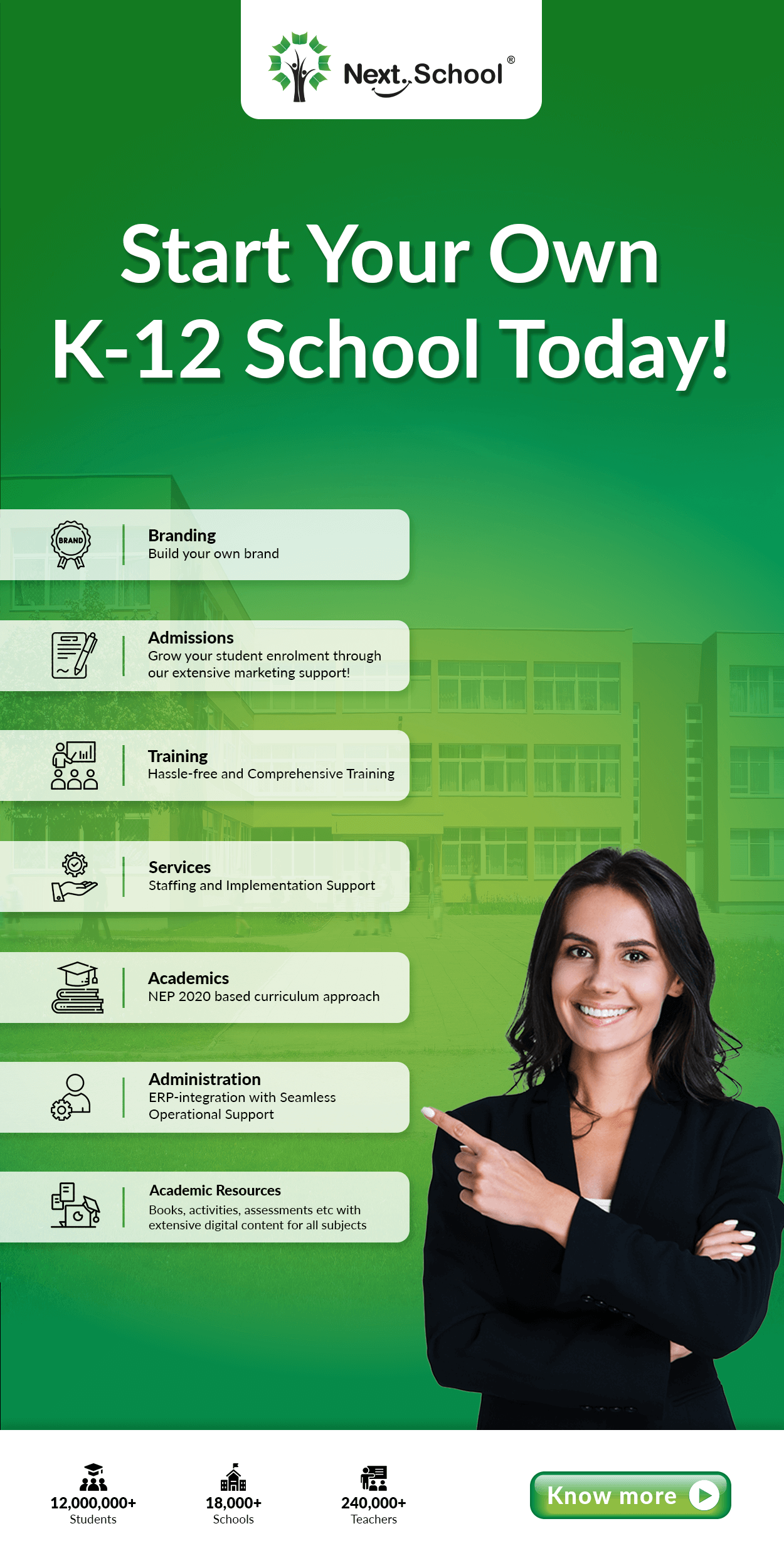Common tools used in educational technology

The 20th century has witnessed the emergence of the digital education era. The transition from book-based to web-based education is now a ground reality, with traditional chalk-and-blackboard-equipped classrooms being replaced with smart class and pixel-based teaching methods across the nation. When it comes to educational tools and technologies, constant evolution is the name of the game. Innovations are constantly bringing up more sophisticated tools and methodologies. Besides, old tools and technologies are being updated with high-end features.
Broadly, educational technologies can be divided into four categories– Web 2.0 Tools, Cloud Computing, Online Networking Platforms and Classroom-based Instructional Technologies.
Both teachers and students can leverage various Web 2.0 tools, such as video tools, presentation tools and others, for educational purposes. Using video tools, students/teachers can embed videos in various projects and presentations. Similarly, when it comes to creating, editing, and uploading presentations, presentation tools are quite useful. On the other hand, several mobile tools are increasingly being used in quizzing, content sharing, blogging, thereby enabling teachers to teach in a more interactive and interesting manner.
Cloud computing is gaining prevalence not only in the professional world but also in the academic field. School administrators, teachers and students are increasingly using virtual storage space to store as well as share assignments, important records and information, teaching manuals, among others. Further, it empowers all educational stakeholders to access information stored in the virtual space anytime and anywhere.
With the Internet being a part of our daily life, institutes are significantly using online networking platforms as a potent educational tool. Teachers are leveraging these platforms to conduct group study sessions and discussions, and enable students to collaborate with each other, thereby promoting the concept of collaborative learning in a new way. Likewise, several social networking tools are being harnessed by teachers for various purposes, such as for managing classroom resources, sharing educational content, assignments and lesson plans through the course management system and so on.
The popularity of classroom-based instructional technologies–comprising audio-video course materials, smart class, digital educational resources, to name a few—is on the rise. In India, schools in both the tier 1 and tier 2 cities are increasingly adopting digital learning. A central scheme, known as ICT@Schools, testifies to the fact.
Image Credit: freedigitalphotos.net

